 Aspi Bhathena experiences the thrill of driving a genuine Formula 1600 car around Chennai’s racetrack courtesy MRF
Aspi Bhathena experiences the thrill of driving a genuine Formula 1600 car around Chennai’s racetrack courtesy MRF
The name MRF and motorsport go hand in glove. Anybody who is associated with racing in India will know that MRF has been involved with motorsport in the country for more than forty years.
They have had considerable success nationally as well as internationally. MRF won the FIA APRC championship twice with their in-house developed tyres. It meant taking on the best tyre makers in the world like Pirelli, Goodyear, Michelin and Yokohama. Competing against the best in the world and 
 winning put MRF and India on the world map!They are the first and only company in the country to have a dedicated race shop named Power House, which is a facility to develop and build race and rally cars. MRF stayed away from circuit racing in India for the last fourteen years, but they are now back in full force to take the sport forward. For this, they need the support of car manufacturers.
winning put MRF and India on the world map!They are the first and only company in the country to have a dedicated race shop named Power House, which is a facility to develop and build race and rally cars. MRF stayed away from circuit racing in India for the last fourteen years, but they are now back in full force to take the sport forward. For this, they need the support of car manufacturers.
We got a chance to sample the all-new MRF Formula 1600 car at the Chennai racetrack. The car was 
 designed by Van Dieman to accommodate 2 and 2.3-litre Mazda engines for the US single- seater series. It has been completely made in India to the exact specification of Van Dieman, a company well-known the world over for making single-seater race cars. The car is made by JA Motorsport with help from Jayem Automotive. The man behind this project is J. Anand, a former racing driver and engineer. He also happens to be one of the best racing drivers the country has produced.
designed by Van Dieman to accommodate 2 and 2.3-litre Mazda engines for the US single- seater series. It has been completely made in India to the exact specification of Van Dieman, a company well-known the world over for making single-seater race cars. The car is made by JA Motorsport with help from Jayem Automotive. The man behind this project is J. Anand, a former racing driver and engineer. He also happens to be one of the best racing drivers the country has produced.
 The car’s multi-tubular space frame is constructed from chromoly tubing and put together with tig welding. The suspension set-up is a state-of-the-art advanced push rod activated system operating on wide based oval section wishbones with the latest anti-intrusion bar requirements. The suspension is connected to the alloy uprights with large taper roller bearings. It also has adjustable anti sway bars front and rear and the car rides on Bilstein shocks which are adjustable for preload. The lightweight double acting calipers with large diameter discs all-round with cockpit adjustable brake bias means that you can adjust the brake bias during the race as per your requirement. The car is fitted with 8×13 front and 10×13 rear one piece OZ aluminum racing wheels with single nut lock rims and runs on MRF 200/540 R13 and 240/570 R13 front and rear slicks.
The car’s multi-tubular space frame is constructed from chromoly tubing and put together with tig welding. The suspension set-up is a state-of-the-art advanced push rod activated system operating on wide based oval section wishbones with the latest anti-intrusion bar requirements. The suspension is connected to the alloy uprights with large taper roller bearings. It also has adjustable anti sway bars front and rear and the car rides on Bilstein shocks which are adjustable for preload. The lightweight double acting calipers with large diameter discs all-round with cockpit adjustable brake bias means that you can adjust the brake bias during the race as per your requirement. The car is fitted with 8×13 front and 10×13 rear one piece OZ aluminum racing wheels with single nut lock rims and runs on MRF 200/540 R13 and 240/570 R13 front and rear slicks.

 The 1.6 Duratec powerplant comes from the Ford Fiesta and is absolutely bog stock apart from the intake manifold and exhaust. The claimed output is around 120PS. The 1.6-litre powerplant is mated to a Hewland five-speed close ratio sequential
The 1.6 Duratec powerplant comes from the Ford Fiesta and is absolutely bog stock apart from the intake manifold and exhaust. The claimed output is around 120PS. The 1.6-litre powerplant is mated to a Hewland five-speed close ratio sequential
shift gearbox. 
 The body work is F1 inspired with a high nose and deep side pods with the engine cover that has the air intake encompassing the roll hoop. The full width front wings have adjustable flaps for downforce and the rear wing has two upper elements with the lower element mounted on the gearbox. The steering wheel has an in-built display like a F1 car where you can see things like oil temperature and all the important engine parameters.
The body work is F1 inspired with a high nose and deep side pods with the engine cover that has the air intake encompassing the roll hoop. The full width front wings have adjustable flaps for downforce and the rear wing has two upper elements with the lower element mounted on the gearbox. The steering wheel has an in-built display like a F1 car where you can see things like oil temperature and all the important engine parameters.
Now we come to the most interesting part of the story and that is driving the car. It was about nine in the morning when we reached the Chennai racetrack. Peter Allnut was waiting for us with three MRF Formula 1600 cars, all fuelled and ready to go. Peter was formerly with the Formula 3 team in the UK. He later relocated to Srilanka and started Jupiter Racing Private Limited. Peter now looks after the operations of the MRF racing team. After changing into our racing overhauls, we were given a small briefing about the dos and don’ts by Peter who runs and maintains these cars for MRF.
Each of these cars is fitted to the size of the driver. My car’s driver must have had very thin legs as the thick side padding caused the inside of my thighs to touch. Once you had the engine fired up, the exhaust note was quite flat for a racing car. I could understand this as it is not running a high lift racing cam or a high compression ratio. As you engage the first gear and start releasing the clutch, you don’t have to build up rpm or slip the clutch. That is when you realize the beauty of using a standard engine. It is absolutely tractable like a street car and you can short shift without having to worry about the car dropping out of the power band.

 After five laps, I stopped to rethink and analyze what I was doing and what I needed to do. The second time I went out on the circuit, I got my bearings. I went flat out in the fourth gear in C1, down to the third for C2 while C3 was light brake and a little lift off. Then it was pedal to the metal in the fifth and down again to the fourth through the sequence of corners and back in the fifth just before the left kink before the back straight and back down to fourth for the right-hander. It is here that you realize how over-braked and over-tyred this car is. When approaching a corner, if you brake hard (even way after the 100 meter marker), the car slows down so much that you are too slow for the corner. Then it is fourth gear all the way up to the bridge complex. This is the only time you select the second gear and back up third over the bridge and the final corner. The downforce gives you more grip as you go quicker through the corners. Later, I was informed that the quick guys were doing the last corner in fourth and the MRF corner in the fifth gear flat out (C1).After the drive, I asked Peter about how much work the cars needed after each race and what the life of the MRF slicks was. According to Peter, the fastest lap was recorded on lap forty that means there is no degradation in the performance of the tyres. The three cars that were set up for us had not been touched after the last race and only one car needed camber adjustment. That was all the work required to have them ready. The Formula 1600 car is extremely reliable, easy to drive and the first proper single-seater racing car made in India. Well done MRF!
After five laps, I stopped to rethink and analyze what I was doing and what I needed to do. The second time I went out on the circuit, I got my bearings. I went flat out in the fourth gear in C1, down to the third for C2 while C3 was light brake and a little lift off. Then it was pedal to the metal in the fifth and down again to the fourth through the sequence of corners and back in the fifth just before the left kink before the back straight and back down to fourth for the right-hander. It is here that you realize how over-braked and over-tyred this car is. When approaching a corner, if you brake hard (even way after the 100 meter marker), the car slows down so much that you are too slow for the corner. Then it is fourth gear all the way up to the bridge complex. This is the only time you select the second gear and back up third over the bridge and the final corner. The downforce gives you more grip as you go quicker through the corners. Later, I was informed that the quick guys were doing the last corner in fourth and the MRF corner in the fifth gear flat out (C1).After the drive, I asked Peter about how much work the cars needed after each race and what the life of the MRF slicks was. According to Peter, the fastest lap was recorded on lap forty that means there is no degradation in the performance of the tyres. The three cars that were set up for us had not been touched after the last race and only one car needed camber adjustment. That was all the work required to have them ready. The Formula 1600 car is extremely reliable, easy to drive and the first proper single-seater racing car made in India. Well done MRF!
THE FASTEST INDIAN SAYS:
2010 will be remembered as a watershed year for national motorsport in the country. The launch of the Formula MRF car means that India now has a state-of-the-art entry-level single-seater racing car. I was lucky enough to drive the car, courtesy my sponsors MRF Tyres, and thoroughly enjoyed the experience of doing over 40-odd laps around the Sriperumbudur circuit. 
 The car is at least two generations ahead of the Formula Rolon car. It is a fantastic platform to introduce a young karting graduate from India, South East Asia or the Middle-East to single-seater racing. MRF have invested huge sums of money in the project and along with an excellent job done by JA Motorsport in building and assembling the car, the result is absolutely wonderful. The racing slicks designed by MRF specifically for this car are excellent and give it very stable handling characteristics along with consistent lap times over long runs, pointing to the fact that the tyre compounds used have been researched very meticulously.
The car is at least two generations ahead of the Formula Rolon car. It is a fantastic platform to introduce a young karting graduate from India, South East Asia or the Middle-East to single-seater racing. MRF have invested huge sums of money in the project and along with an excellent job done by JA Motorsport in building and assembling the car, the result is absolutely wonderful. The racing slicks designed by MRF specifically for this car are excellent and give it very stable handling characteristics along with consistent lap times over long runs, pointing to the fact that the tyre compounds used have been researched very meticulously. The Hewland sequential gearbox combined with the excellent Brembo brakes and a good aerodynamic package help the car to produce lap times which are competitive with the Asian Formula Ford 2000 car, in which I won the Formula Asia championship. Additionally the integration of a PI research data logging system, which is a first for any racing car in India, has made this car an absolutely perfect learning tool for youngsters.
The Hewland sequential gearbox combined with the excellent Brembo brakes and a good aerodynamic package help the car to produce lap times which are competitive with the Asian Formula Ford 2000 car, in which I won the Formula Asia championship. Additionally the integration of a PI research data logging system, which is a first for any racing car in India, has made this car an absolutely perfect learning tool for youngsters.
The car is very forgiving to drive. With a controlled set-up provided by the manufacturer, it will allow young drivers to focus on improving their driving skills and race craft, rather than focusing all their attention on the complexities of a car set-up. This is what is needed at this stage in their careers. The cars are absolutely identical in their production and this is evident by the fact that all the cars produced almost identical lap times during their shake-down runs.
Overall, I think that this car will be the benchmark for many years to come and will be the car that will help produce many more international drivers from India and the Asian region. With the experiences gained from racing this car, our drivers can progress straight to international single-seater racing in Europe, thus bypassing the until now traditional route of racing in Asia before the jump to Europe.




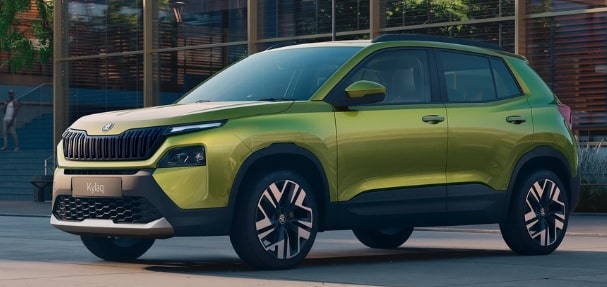
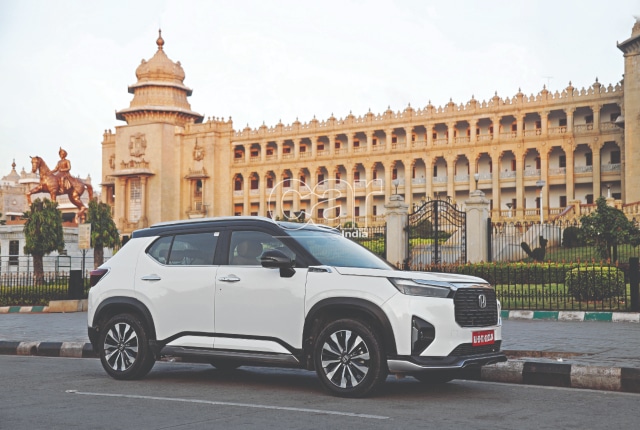
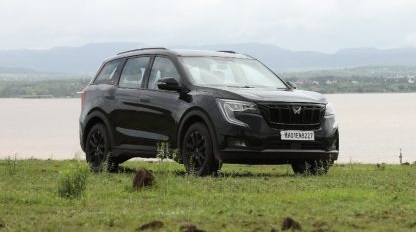

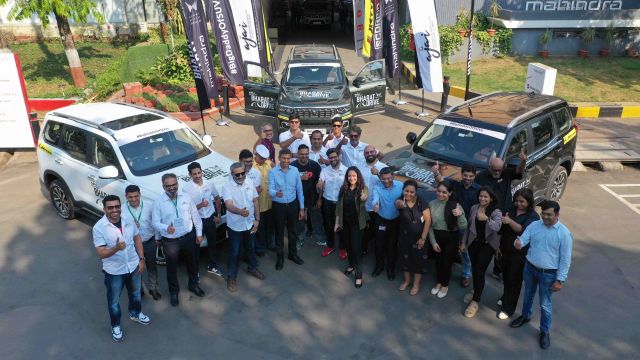
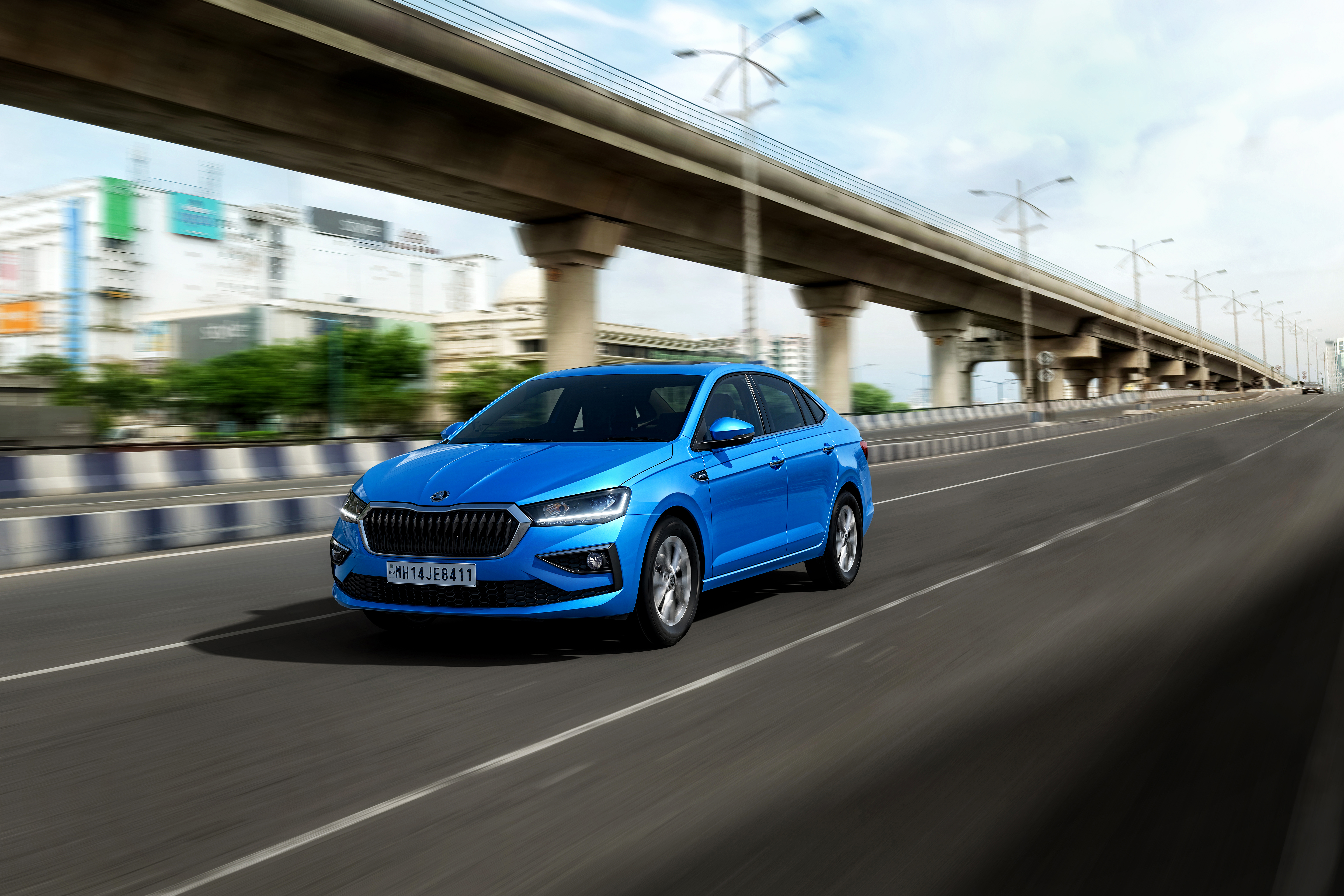
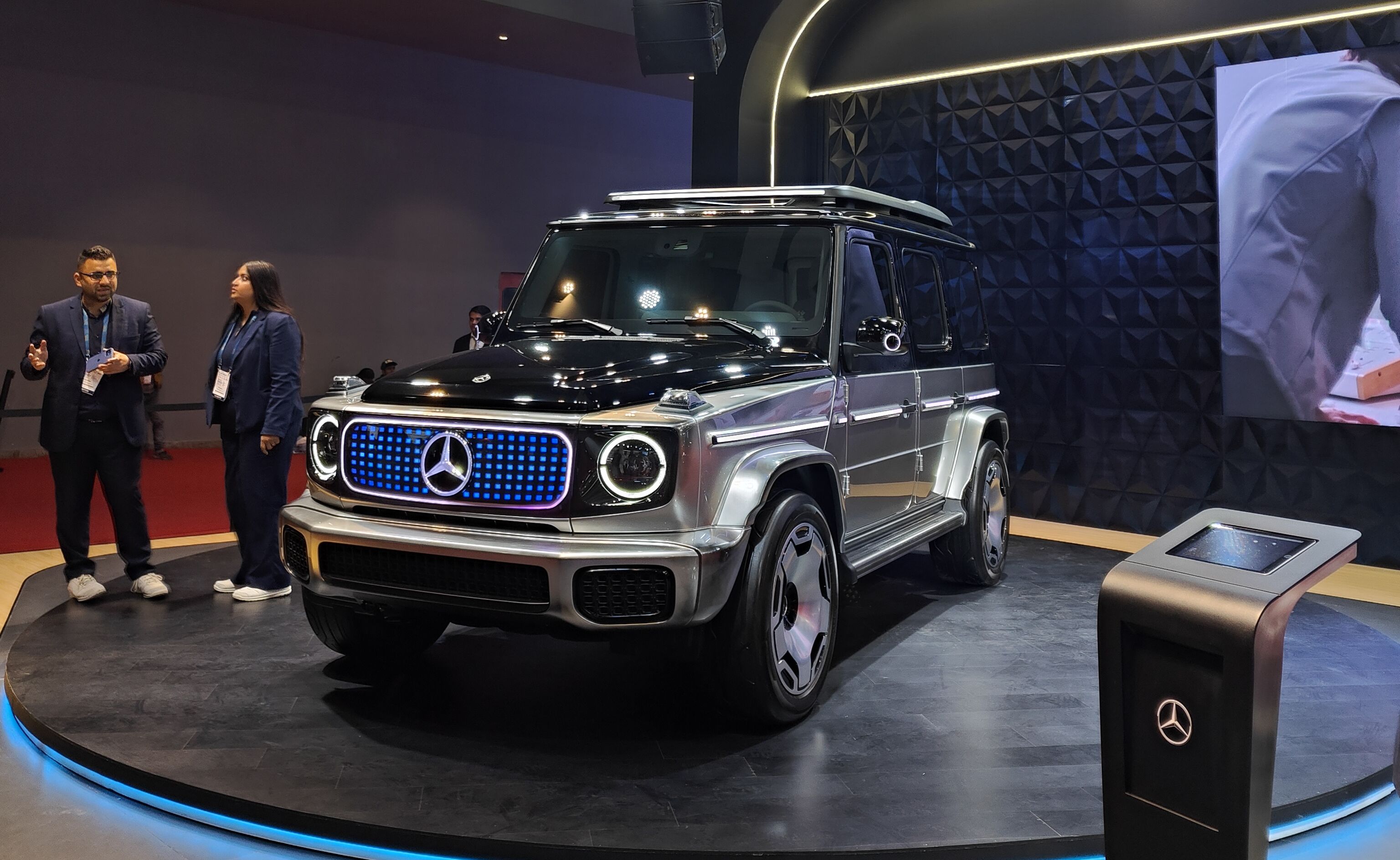

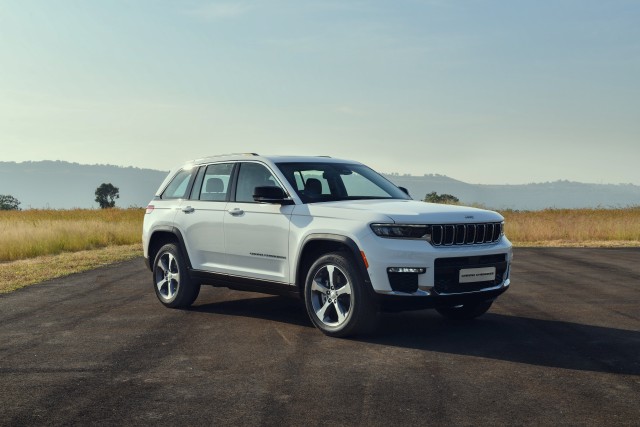
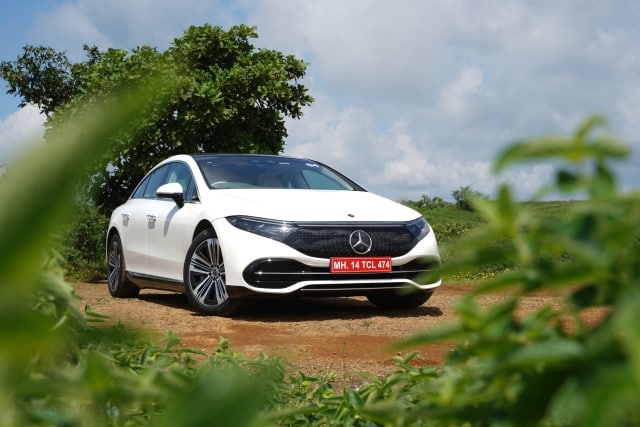
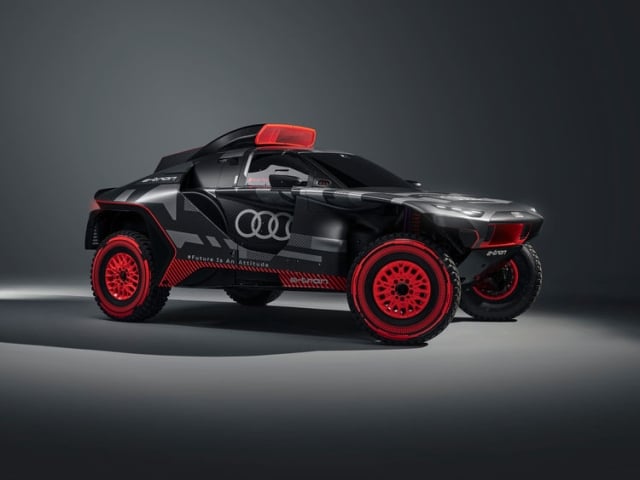
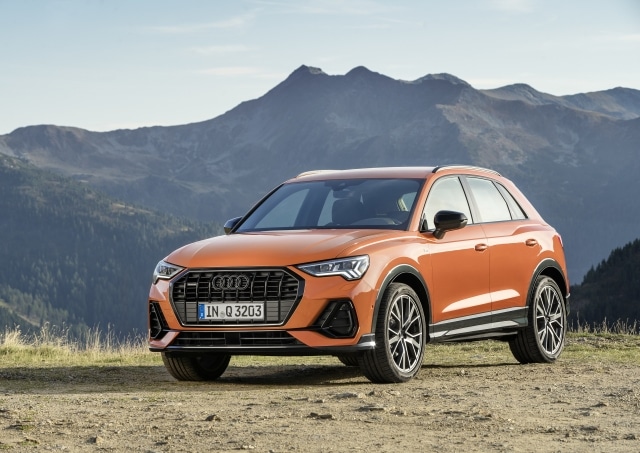




Leave a Reply